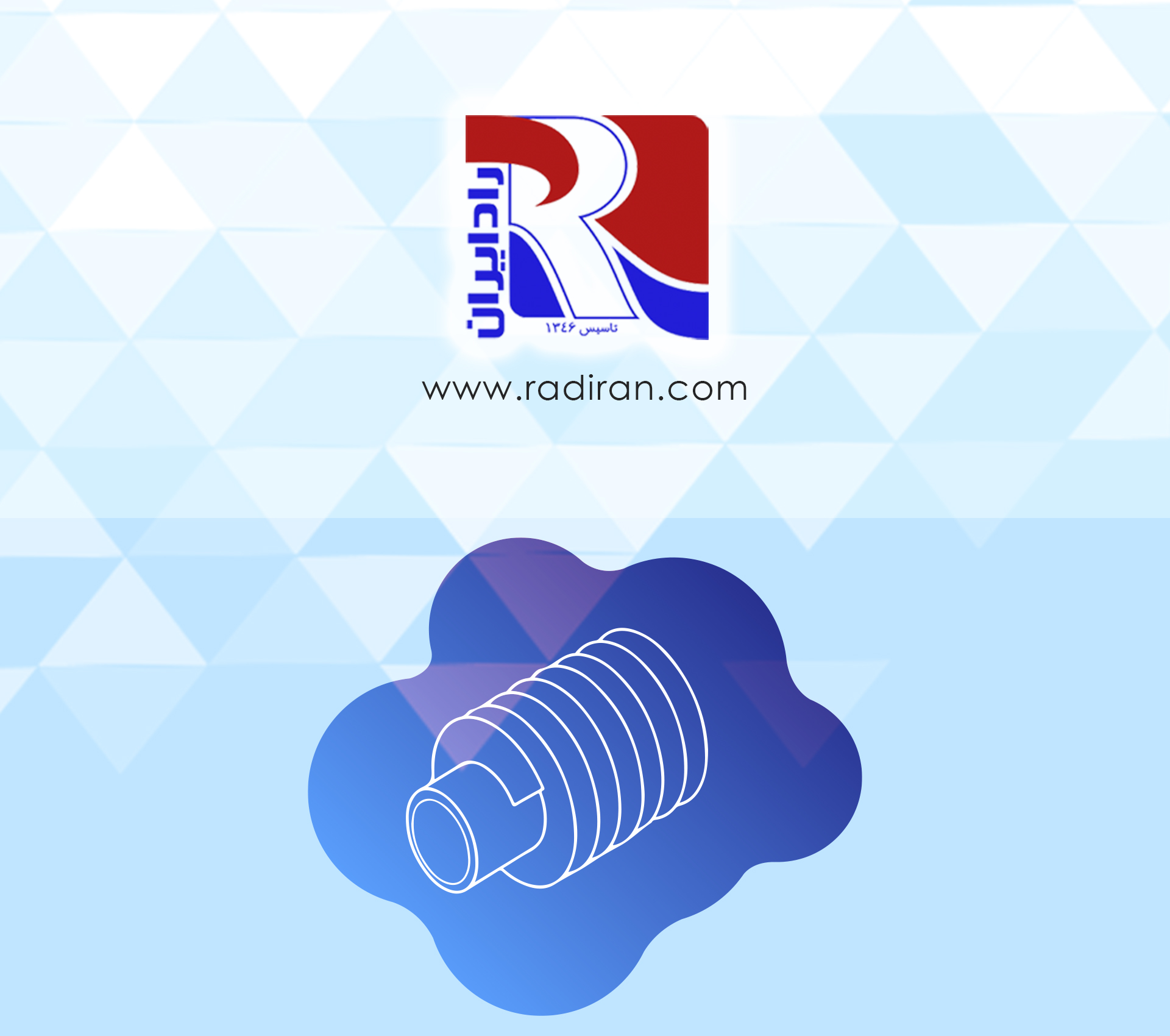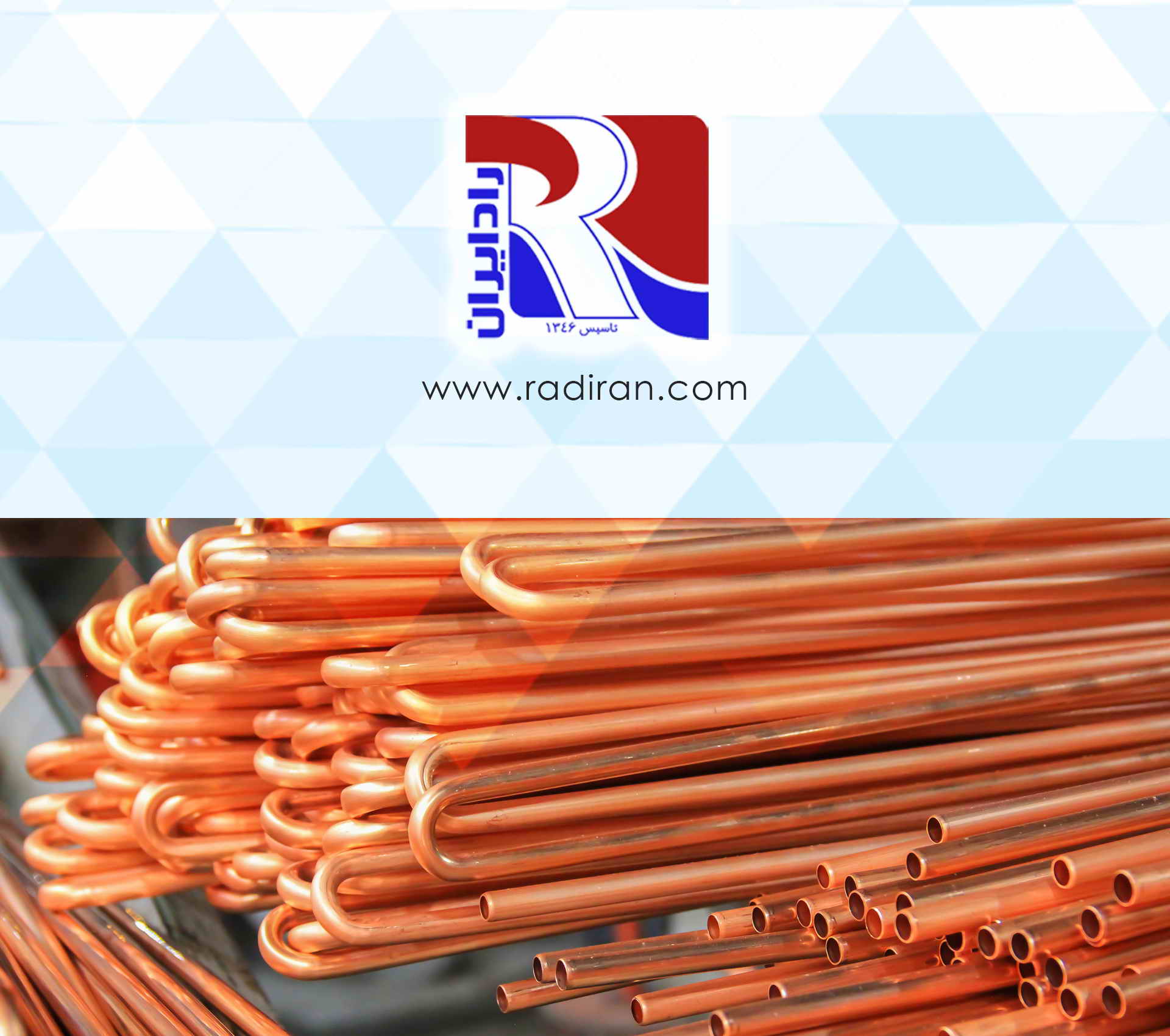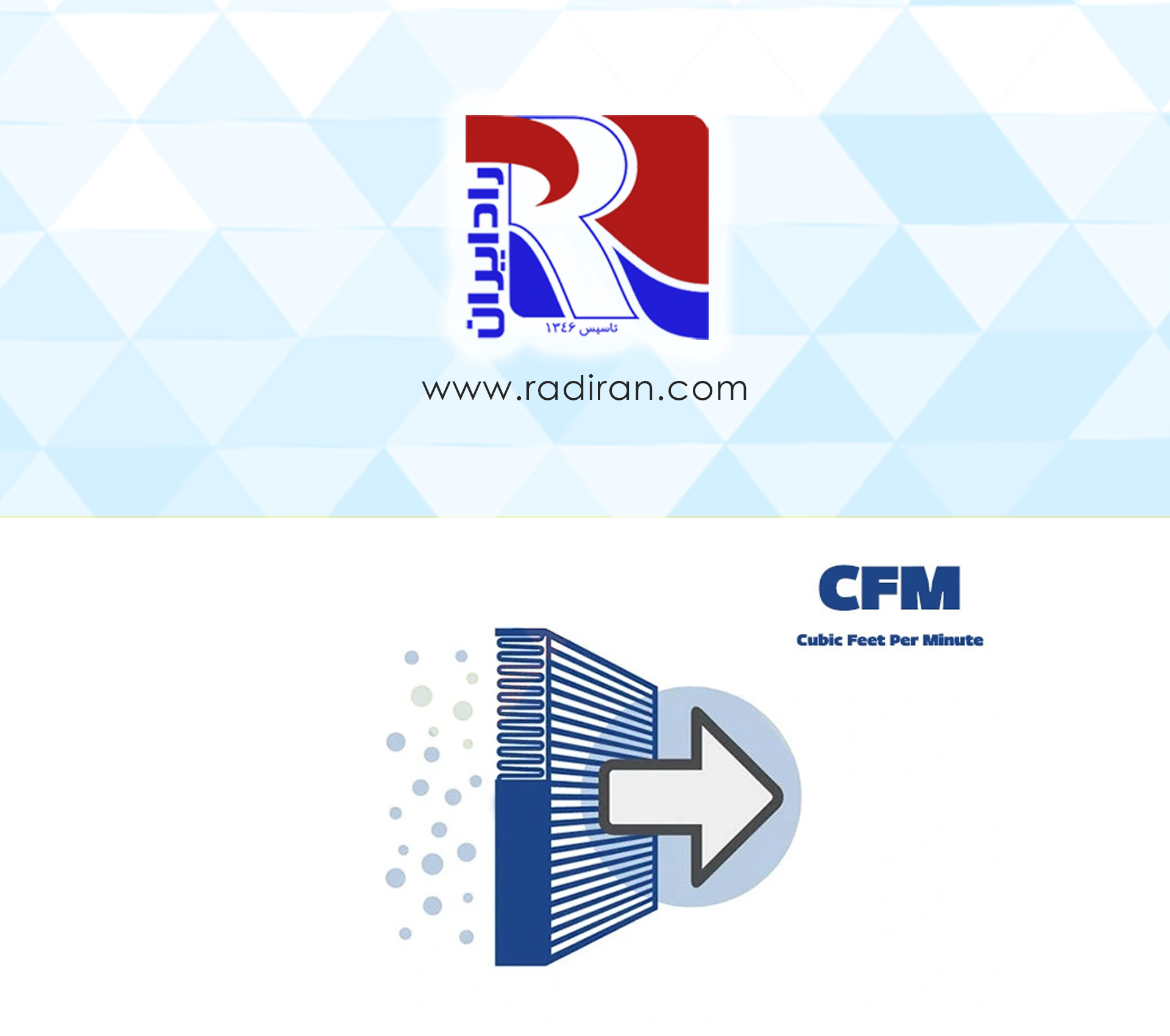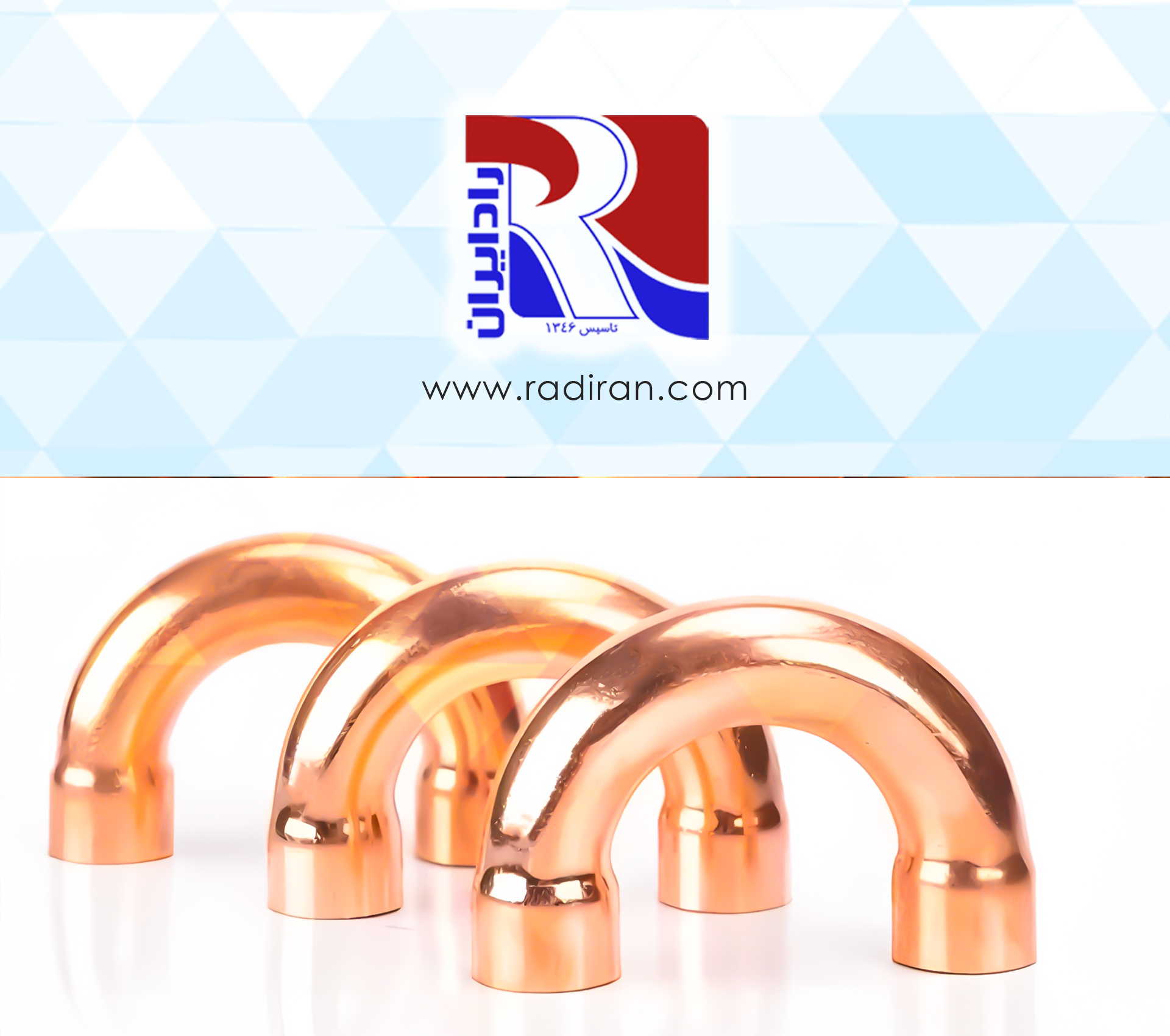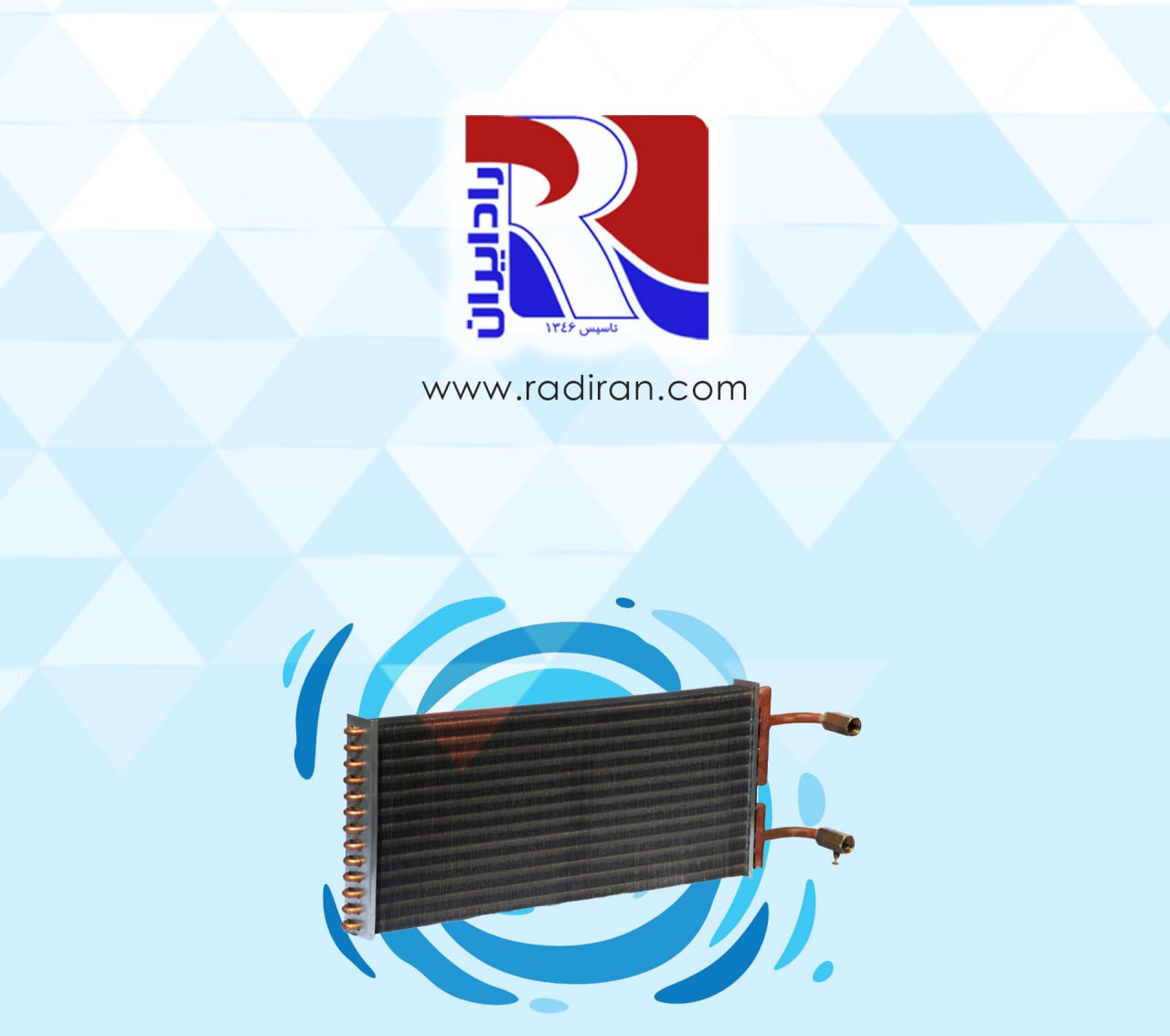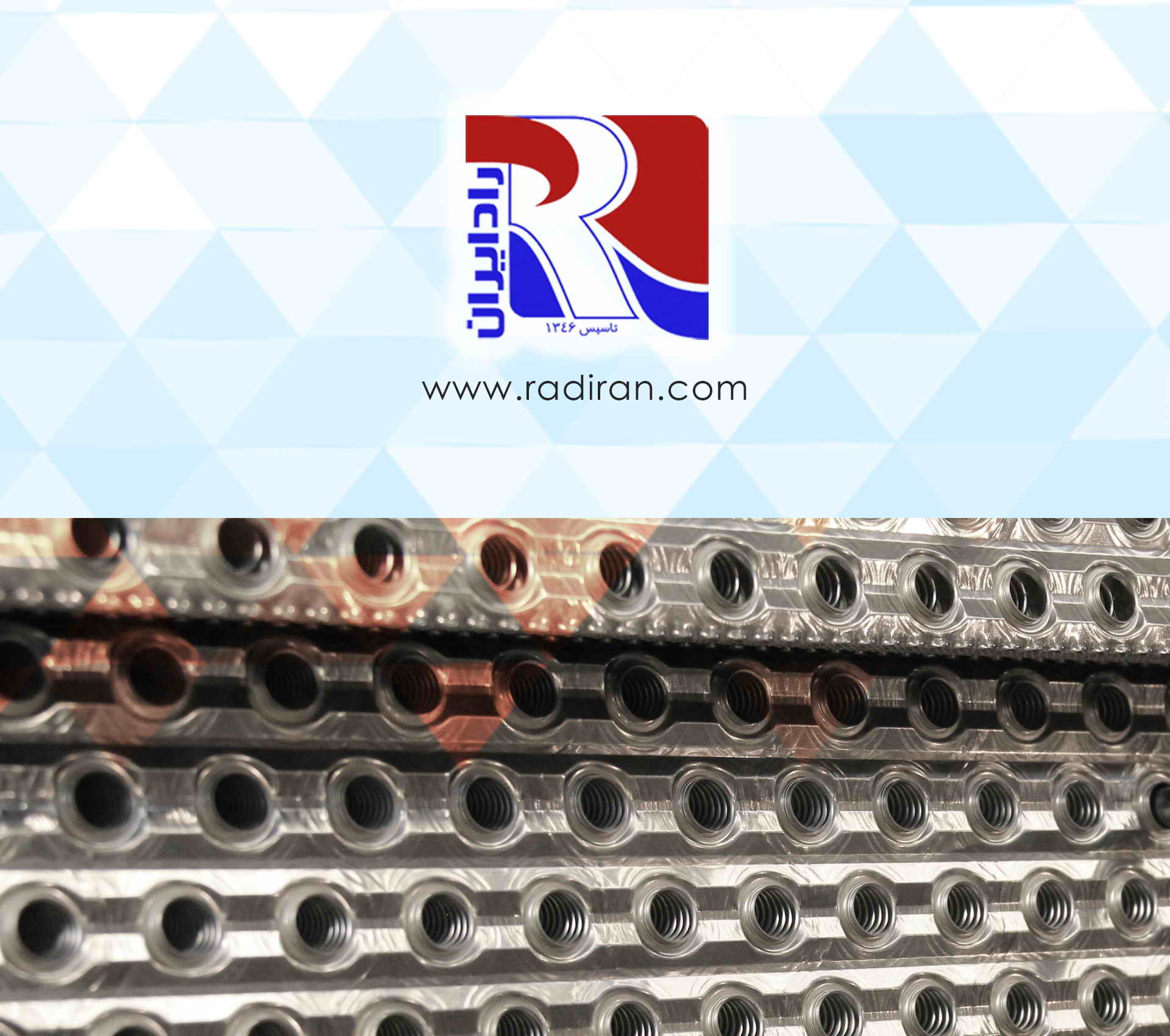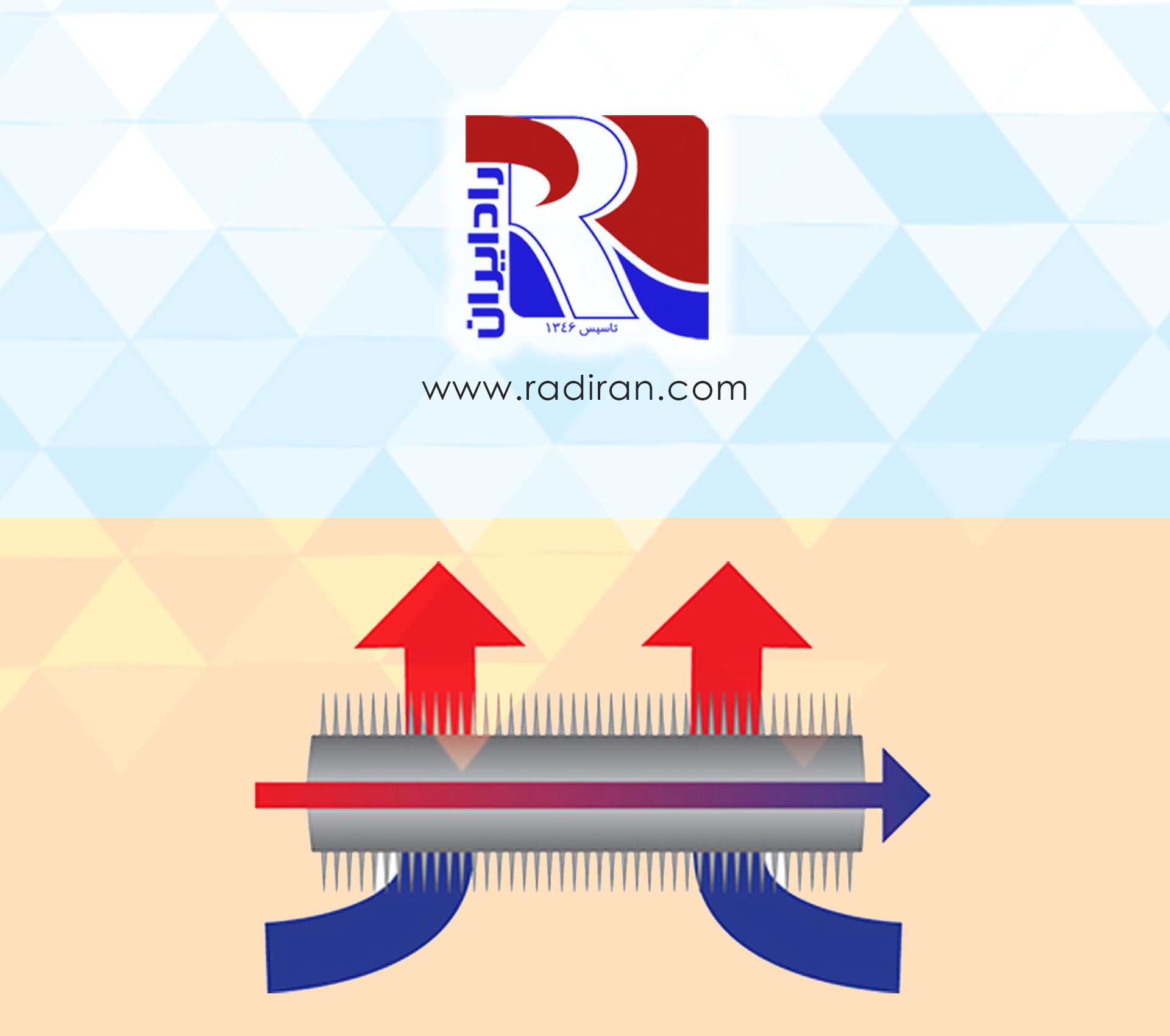Performance study of spiral finned tubes on heat transfer
The study titled "Performance study of spiral finned tubes on heat transfer and wake flow structure," published in the International Journal of Heat and Mass Transfer, investigates the turbulent flow and heat transfer characteristics of heat exchangers utilizing spiral finned tubes (SFT). The research employs large eddy simulation (LES) to analyze the flow dynamics and temperature distribution around these tubes, aiming to enhance the understanding of how vortex structures influence heat transfer efficiency. Objectives and Methodology The primary objective of the...

